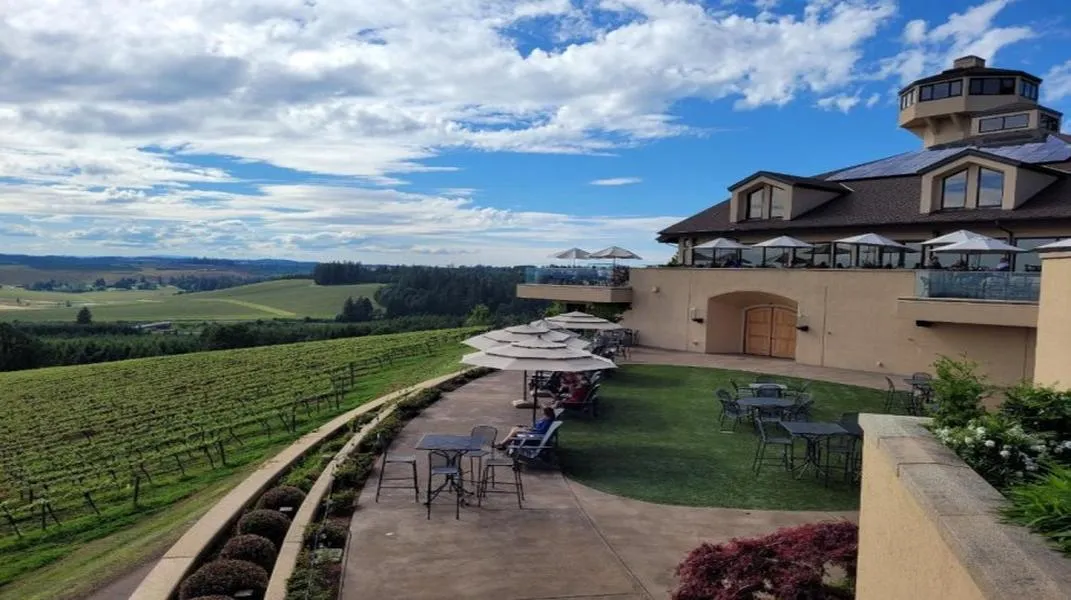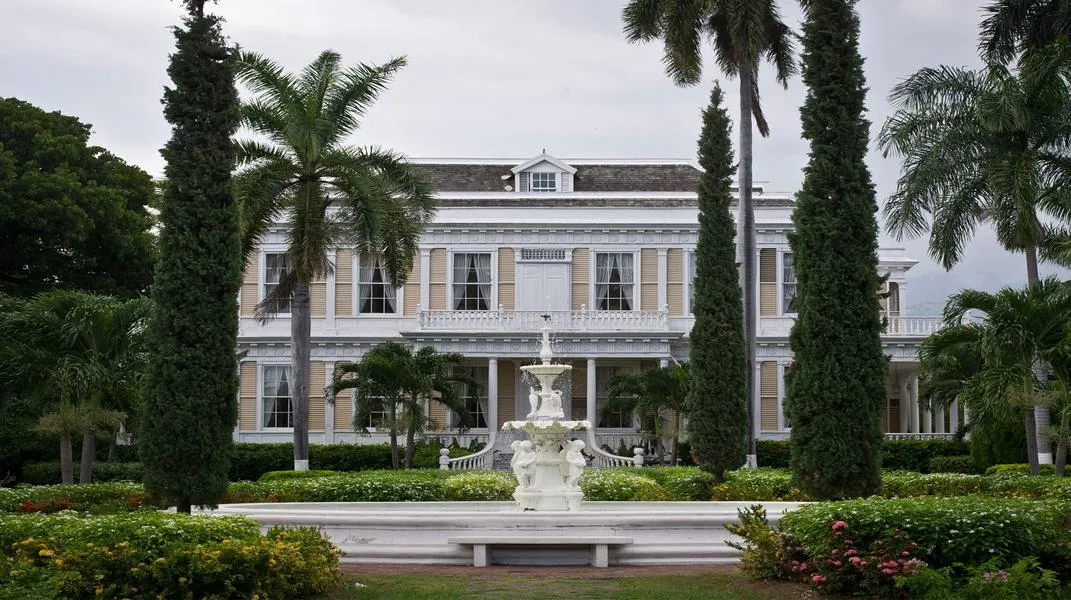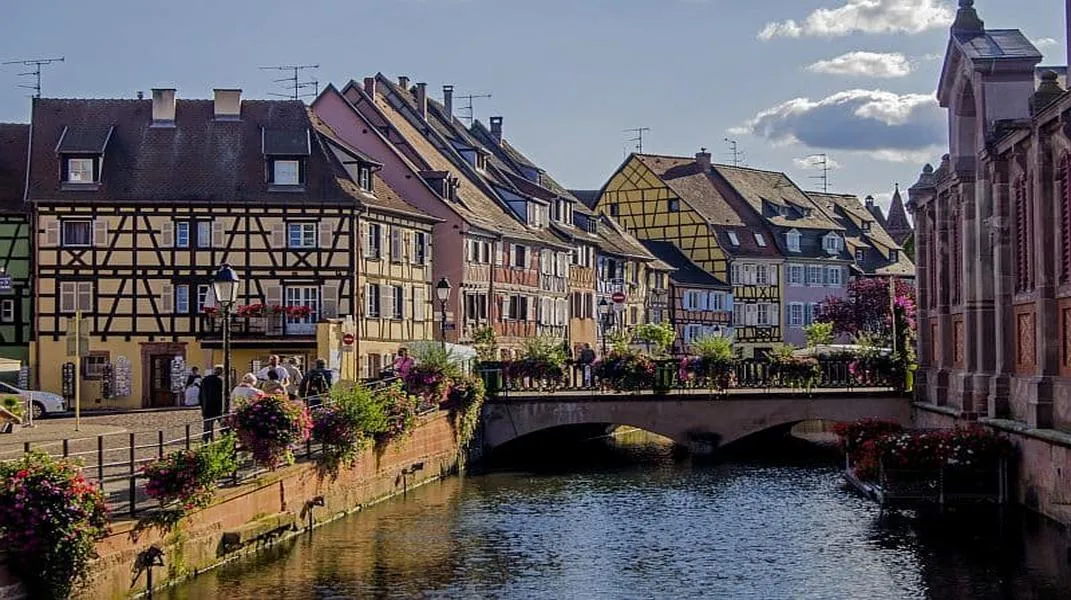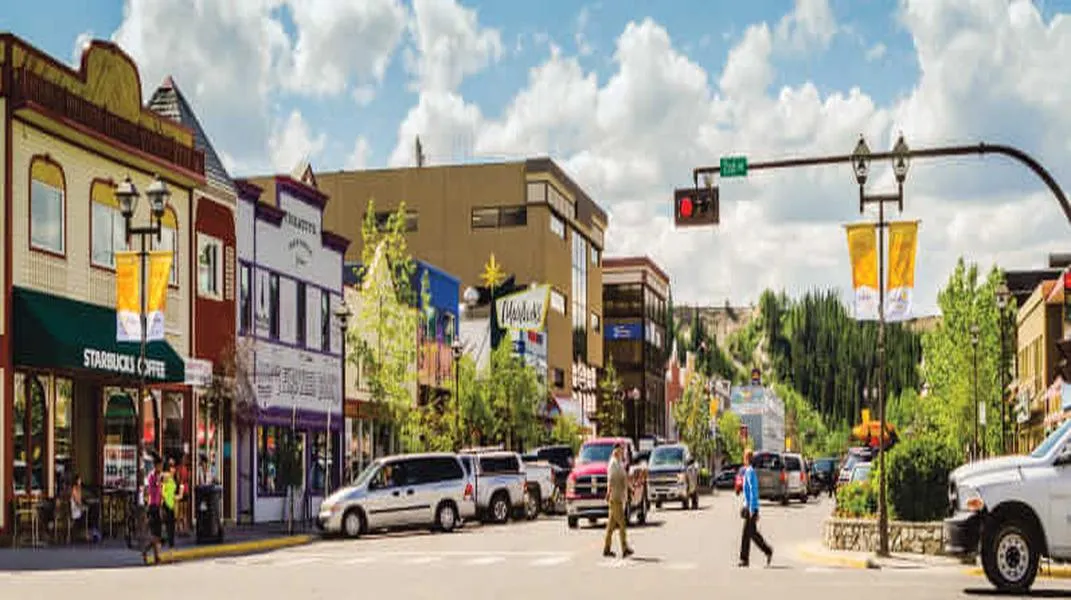Discovering Oaxaca: A Jewel of Mexican Culture and Heritage
Nestled in the southern region of Mexico, Oaxaca is a vibrant city that captivates visitors with its rich history, diverse culture, and stunning natural beauty. Known for its colonial architecture, bustling markets, and mouthwatering cuisine, Oaxaca is a perfect destination for travelers seeking an authentic Mexican experience. This article will explore the attractions of Oaxaca in detail, from its historical significance to its culinary delights, alongside essential preparations for a memorable visit.
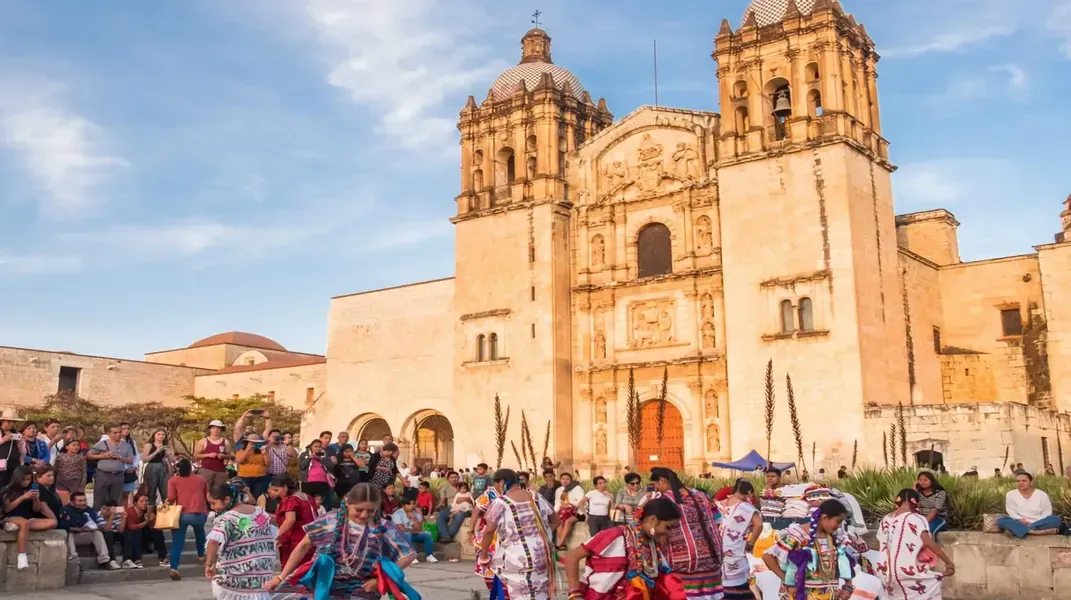
A Historical Overview
Oaxaca, the capital of the state of the same name, is steeped in history that dates back thousands of years. The area was originally inhabited by the Zapotec and Mixtec civilizations, who left behind remarkable archaeological sites, such as Monte Albán and Mitla. These ancient cities served as political and religious centers, showcasing advanced architectural techniques and artistic achievements.
The Spanish colonial period profoundly influenced the region, evident in the city's architecture and cultural practices. In 1521, Spanish conquistadors led by Hernán Cortés arrived, and by the mid-16th century, Oaxaca had become a significant colonial hub. The city’s historic center, a UNESCO World Heritage Site, is characterized by its beautiful baroque churches, grand plazas, and colorful streets.
Attractions in Oaxaca
1. Monte Albán
Monte Albán, located just a few miles outside of Oaxaca City, is one of the most significant archaeological sites in Mexico. This ancient Zapotec city, founded around 500 BC, was a thriving metropolis until the arrival of the Spanish. Visitors can explore the expansive ruins, which include ceremonial plazas, temples, and ball courts, all set on a mountain overlooking the valley below. The site also features unique stone carvings and tombs that provide insight into the lives of the Zapotec people.
2. Templo de Santo Domingo de Guzmán
The Templo de Santo Domingo is a breathtaking example of colonial architecture and one of Oaxaca's most iconic landmarks. Built in the 16th century, this former monastery boasts a stunning baroque facade and an intricately decorated interior, adorned with gold leaf and ornate woodwork. The church is adjacent to the Museo de las Culturas de Oaxaca, which houses an impressive collection of artifacts that detail the region's rich cultural heritage.
3. Mercado 20 de Noviembre
No visit to Oaxaca would be complete without a trip to Mercado 20 de Noviembre, a bustling market where locals gather to shop for fresh produce, handmade goods, and, most importantly, delicious Oaxacan food. The market is renowned for its "tasca" section, where visitors can choose from an array of grilled meats, cheeses, and traditional dishes such as tlayudas (large tortillas topped with beans, cheese, and various toppings). Sampling the local cuisine is an essential part of experiencing Oaxaca's vibrant culture.
4. Hierve el Agua
A short drive from Oaxaca City, Hierve el Agua is a natural wonder that features stunning mineral springs and petrified waterfalls. The site offers breathtaking views of the surrounding mountains and valleys, making it a popular spot for hiking and photography. Visitors can take a dip in the natural pools, which are rich in minerals and believed to have therapeutic properties. The unique formations and serene atmosphere create a picturesque escape from the city.
5. Artisan Villages
Oaxaca is famous for its artisan villages, where skilled craftspeople create traditional handicrafts. A visit to these villages, such as Teotitlán del Valle and San Bartolo Coyotepec, offers insight into the region's artistic heritage. In Teotitlán del Valle, you can witness the process of weaving colorful rugs using natural dyes, while in San Bartolo Coyotepec, artisans craft exquisite black pottery using ancient techniques. These villages often welcome visitors for workshops and demonstrations, providing a hands-on experience of Oaxacan craftsmanship.
6. Día de los Muertos
If you are fortunate enough to visit Oaxaca during the Día de los Muertos (Day of the Dead) celebrations, you will witness a breathtaking display of culture and tradition. This annual event, held on November 1st and 2nd, honors deceased loved ones with vibrant altars, colorful decorations, marigolds, and sugar skulls. Oaxaca's celebrations are particularly vibrant, with parades, music, and gatherings in cemeteries that create a unique atmosphere of joy and remembrance.
Preparing for Your Visit to Oaxaca
To make the most of your trip to Oaxaca, careful planning and preparation are essential. Here are some materials and tips to consider:
1. Travel Documents
Ensure that your passport is valid for at least six months beyond your planned departure date. If you are from a country that requires a visa to enter Mexico, be sure to secure it before your trip. It's also a good idea to make photocopies of your important documents and keep them in a separate location from the originals.
2. Health and Safety
Check with your healthcare provider regarding vaccinations and health precautions for travel to Mexico. It's advisable to carry a basic first-aid kit, including any necessary medications, sunscreen, insect repellent, and hand sanitizer. Drinking bottled water is recommended, and avoid consuming food from street vendors unless you are confident in its safety.
3. Packing Essentials
Here are some essential items to pack for your Oaxaca adventure:
- Clothing: Lightweight, breathable clothing is ideal for the warm climate. However, evenings can be cool, so packing a light jacket or sweater is wise. Comfortable walking shoes are a must, especially if you plan to explore archaeological sites and markets.
- Camera: With its stunning landscapes, vibrant markets, and rich cultural experiences, Oaxaca is a photographer's paradise. Bring a camera or smartphone with ample storage to capture your memories.
- Cash: While some establishments accept credit cards, many local markets and small vendors only accept cash. It’s advisable to carry pesos for purchases. ATMs are widely available in Oaxaca City.
- Spanish Phrasebook or App: While many people in Oaxaca speak English, especially in tourist areas, learning a few basic Spanish phrases can enhance your experience and help you connect with locals.
4. Transportation
Oaxaca City is walkable, but public transportation options are available for visiting nearby attractions. Consider renting a car if you plan to explore the surrounding areas, but be aware of local driving customs. Alternatively, you can use taxis or rideshare apps for convenience.
5. Cultural Etiquette
Understanding local customs and etiquette can enhance your interactions with the local community. Here are some tips:
- Greetings: A friendly greeting is appreciated. A simple "Hola" (Hello) or "Buenos días" (Good morning) goes a long way.
- Respect for Traditions: When visiting religious sites or participating in local celebrations, dress modestly and be respectful of customs.
- Photography: Always ask for permission before taking photographs of people, especially in rural communities.
Conclusion
Oaxaca is a destination that enchants visitors with its rich history, stunning landscapes, and vibrant culture. From exploring ancient ruins and colonial architecture to indulging in mouthwatering cuisine and engaging with local artisans, there is no shortage of experiences to be had. By preparing appropriately and embracing the local customs, you can create unforgettable memories in this beautiful corner of Mexico. Whether you're a history buff, a foodie, or an art lover, Oaxaca offers something for everyone, making it a must-visit destination on your travel itinerary.

